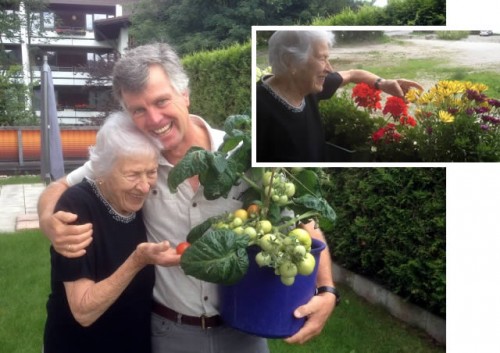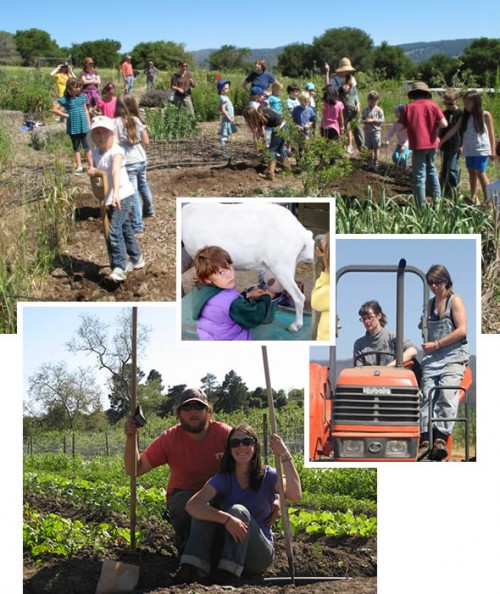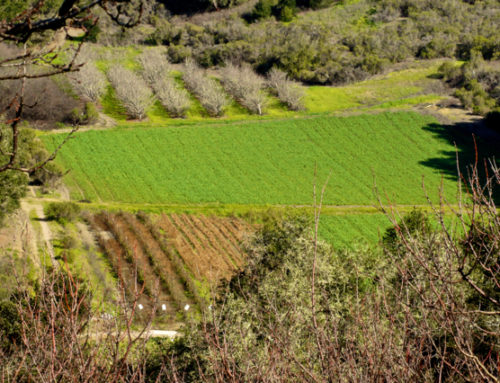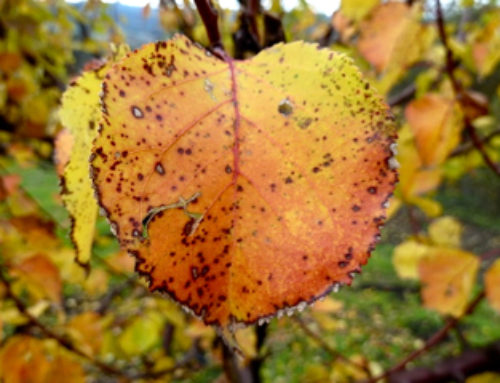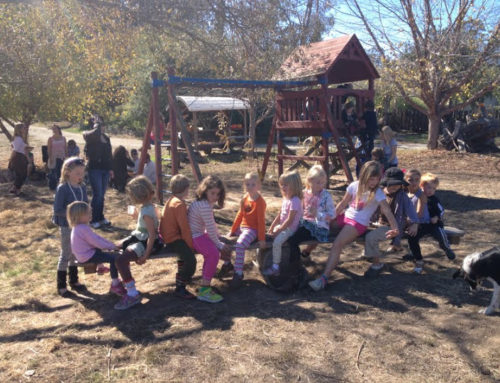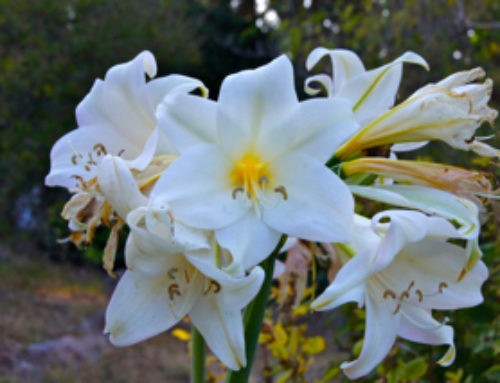At 91 years of age my mother’s love for and excitement about growing plants has not diminished, even though her gardening space is now reduced to the sunny side of a small apartment. When I visited my parents last week, she proudly showed me her first tomatoes, picked from her three tomato plants growing in large pots in a corner of her terrace. Her “garden” this year consists of a couple planter boxes of her favorite herbs and salad greens, and I wasn’t surprised to see the balcony outside her kitchen bursting with colors from her favorite flowers.
When I was growing up, the kitchen and garden were always closely connected; my favorite place to play was right outside the kitchen door. I was lucky enough to enjoy the company of several domesticated animals including chickens, dogs, parrots, guinea pigs, and rabbits. We had a large eucalyptus tree with a tree house to climb around in. We also had many different fruit trees, so I could harvest and eat directly from the garden to my heart’s content. Hedges, shrubs and a vacant lot adjacent to our garden provided the “wild” exciting places for me to explore and hide in. I always liked helping my mother in the garden, especially sowing seeds and then eagerly waiting for them to germinate. Harvesting something from the garden was always special as well, and I loved bringing the things I picked into the kitchen where they would then be cleaned and prepared into a dish for the next meal or preserved for later use. Our garden was like a little sanctuary, a place to play and spend time with friends and family; there’s no question it inspired my later interest in farming. In some ways Live Earth Farm is an extension of that childhood experience — a place with an abundance of plants, animals and diverse landscapes where community is built around growing healthy seasonal fruits and vegetables, and transforming the harvest into meals shared with family and friends is a natural extension of the process.
A little over a hundred years ago, agriculture was not only the major source of income in this country, it was the center of every community, providing sustenance, social interaction, and lively mealtime conversations around the dinner table. In the early 1900’s more than 30% of the US labor-force were farmers. Today the U.S. census has stopped counting farmers since only 2% of the workforce — less than a million people — are farmers. It seems like we’ve reached an extreme, where the majority of the population buys their food in the supermarket (much of it processed, with little evidence of its source). But this “fast food” mentality is starting to crumble; many people are again making the conscious link between nutrition of our bodies and the health of our environment. One indicator is that all across the country there is a resurgence in gardening, focused on growing food at schools, in vacant lots in and around urban centers, at home… even the White House has an (organic!) vegetable garden, which is supplying the First Family’s kitchen. This popularity in gardening of course has its many reasons. Motivations include the desire to improve our diet, to enjoy fresher and better tasting fruits and vegetables, for convenience, to learn to cook with the seasons, to lower grocery bills, to create time to spend with the family… sometimes it is just done for the sheer pleasure of growing something and/or bartering/sharing the surplus with friends and neighbors.
Although the ‘less than 2% of US population is a farmer’ statistic — combined with the average age of today’s farmer being over 55 — is alarming, there is evidence that it’s not due to a lack of interest in farming. According to a recent article published by Cornell’s Small Farm program, one of the most popular video games on the market is called “Farmville”, with over 80 million people here in the United States currently signed up and playing it. That is amazing… 80 million people! This just shows that the interest in farming is alive and well, that there is a farmer or gardener hidden somewhere in all of us, even if only in the “cool” world of virtual farming. Suddenly I can see Community Supported Agriculture turning into a movement, where knowing your farmer, growing your own, and/or going to farmers markets is mainstream, the norm. (Farmers market attendance alone has doubled from 2011 to 2012.) I am sure this is possible, that a much larger percentage of people will be more passionate and excited about farming for real. It might just be the trend of the future, who knows?
For the last 16 years we have offered young people the opportunity to experience what life on a farm is like, by providing the hands-on experience of running a farm, from planning and organizing to growing, harvesting, selling and delivering quality produce to the community. Many apprentices have moved on to start their own farms or engage in careers that help build sustainable food systems. Live Earth Farm’s Discovery Program hosted more than 1400 children last year, using the Farm as a classroom to teach field-to-fork environmental stewardship. The farm is an ideal venue for teaching about where our food really comes from, and for learning about the interconnectedness between humans and the larger natural ecosystem. As CSA members and friends of the farm, your commitment and financial support have been essential to the strength and development of the farm’s educational efforts.
I would like to encourage everyone to support us this year so we can expand our programming and outreach and continue to inspire the next generation of young farmers and gardeners. If you haven’t done so yet, I want to invite you to get your tickets now for one of the farm’s most memorable annual events: our annual fundraiser dinner. This year, “DIG”, the in-the-field dinner (September 22nd – details below) will be in an amazing setting here on the farm, with incredible food and entertainment. The best part, though, is that all of the proceeds will go to inspire the next generation of new farmers and gardeners growing food directly in and for their communities. I hope you can join us!
Below, farmers of all ages at Live Earth Farm, from kids working in the Discovery Garden, to trying their hand at milking a goat, to apprentices learning how to use a tractor; at bottom are Jeff and Anna, last year’s “Young Farmer” team, who have since married and gone off to start a farm of their own…

